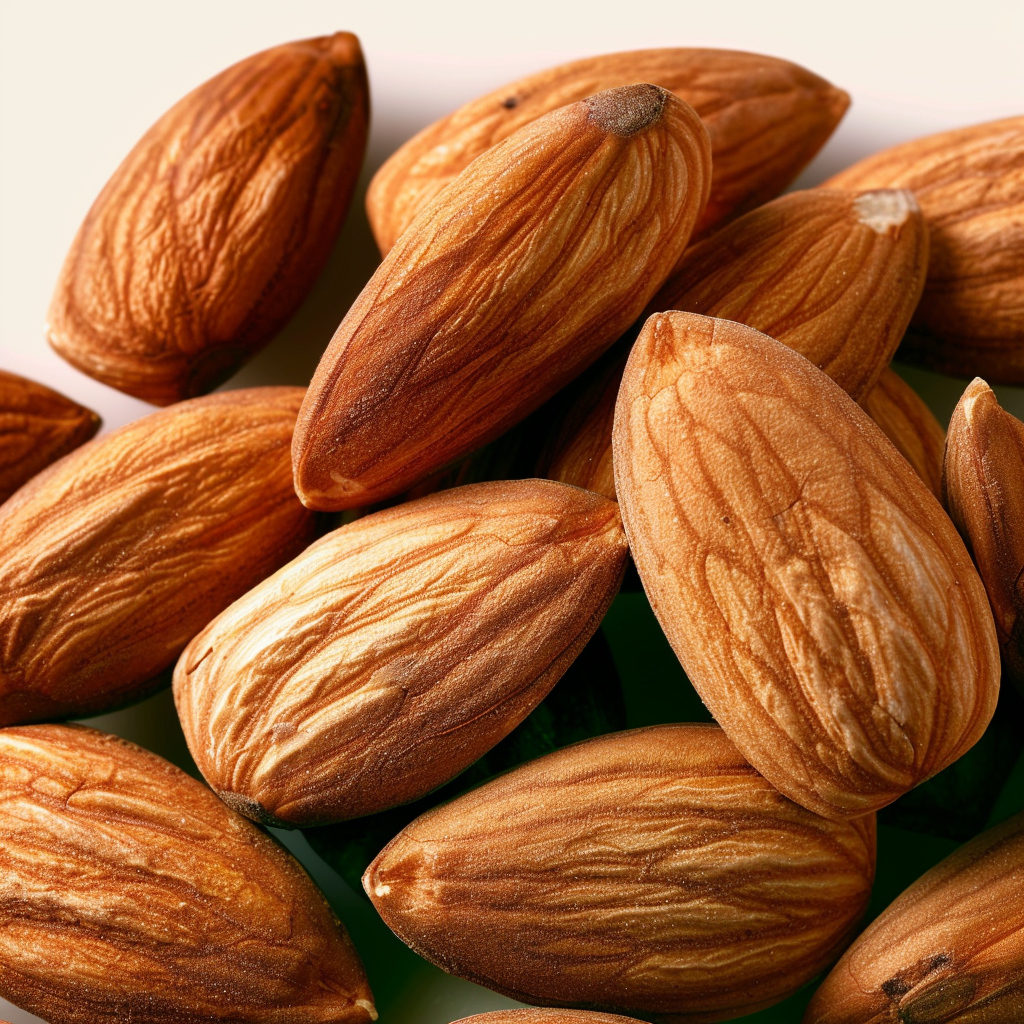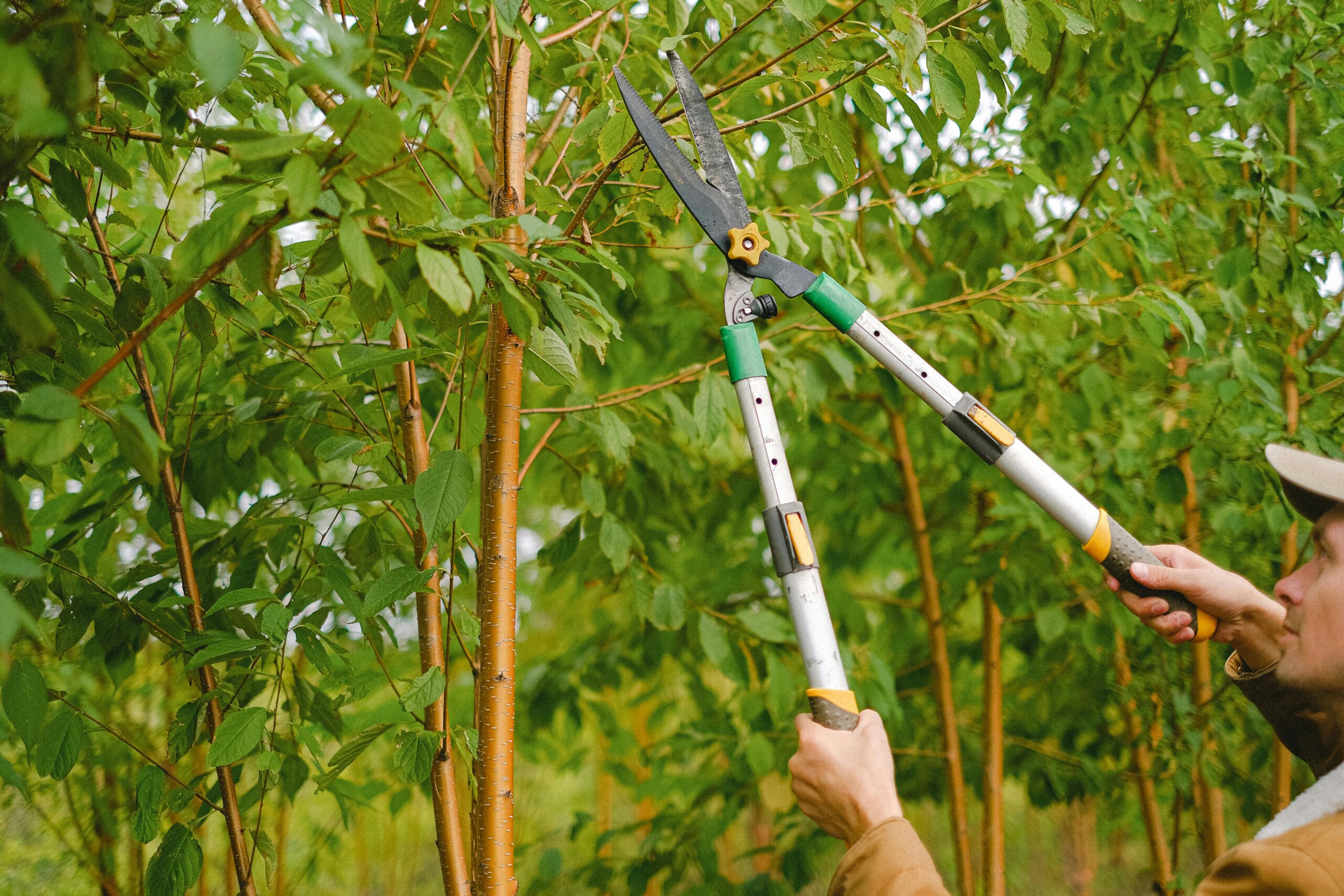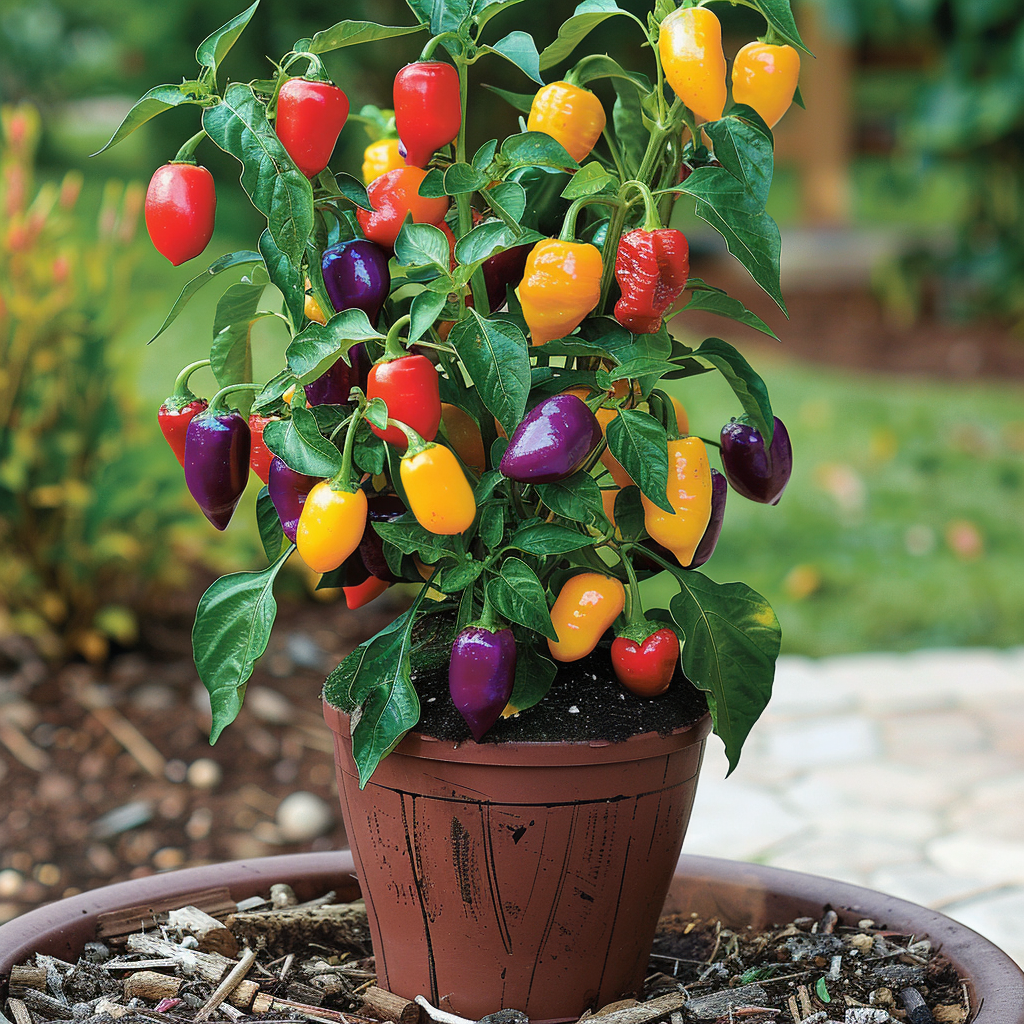WANT TO SAVE THIS RECIPE?
Almond trees can be a beautiful and tasty addition to any home garden. While it may take a few years of patience and care before the initial harvest, almond trees become prolific nut producers that will provide decades of enjoyment. Follow this comprehensive guide for successfully raising your own almond trees from seedling to abundant fruiting in your backyard.

Choosing the Best Almond Seeds
Choosing viable, high-quality seeds is the crucial first step in your almond-growing journey:
- Raw, unprocessed seeds – Source fresh, raw almond seeds either from an existing tree or by purchasing untreated nuts specifically sold for planting/propagation purposes.
- Check viability – Test or inquire about the seed’s capacity to germinate before purchasing quantities or sowing. Soak in water for a day or two to see if any split open or start to sprout.
- Cold stratification – To increase germination rates, raw almond seeds require a cold treatment prior to planting. Refrigerate seeds wrapped in a damp towel for 4-6 weeks.
Properly stratified, viable seeds have the highest chance of successfully sprouting. Discard any moldy or rotting seeds before planting.
Choosing the Best Planting Location

Pick a site tailored to the specific needs of almond trees:
- Full sunlight – A minimum of 8 hours of unfiltered sun exposure daily is needed for productive nut growth and ripening.
- Well-draining soil – With a pH between 6.0-7.5, loamy or sandy soils that don’t collect standing water are best. Amend poor sites with plenty of organic matter.
- Good airflow – Avoid frost pockets or overly-shaded areas with poor circulation to promote tree health and prevent disease issues like fungal infections.
- Ample room – Semi-dwarf varieties still reach 15-20 ft at maturity with equal spread, so don’t cram trees tightly. 20-30 ft between trees is best, depending on rootstock and variety.
Ideally choose a protected, easily-accessible spot for convenience when establishing young trees, watering, pruning, and harvesting.
When to Plant Almond Seeds Outdoors
Spring planting gives young almond seedlings ample warm months to establish their roots before winter dormancy:
| Climate | Planting Window |
|---|---|
| Mild (USDA Zone 7-9) | Early to mid February |
| Moderate (Zone 5-6) | Mid to late April |
| Harsh (Zone 3-4) | Early to mid May |
Plant seeds in early spring based on your average last frost date. You can start 6-8 weeks before this in pots indoors for a head start on growth. Just protect from chill until seedlings are hardened off before transplanting outside.
How to Plant Almond Seeds Outdoors
- Dig holes 2-3 inches deep, spaced 10-15 feet apart if planting shorter semi-dwarf types. Space standard rootstocks further at 20+ ft intervals.
- Place 1-2 stratified seeds in each hole, gently covered with loose soil.
- Water the planted spots thoroughly. Then provide 1 inch of water per week during spring so seeds don’t dry out.
- Thin to the single strongest seedling once sprouts are a few inches tall.
Use a granular, balanced organic fertilizer when planting seeds. Mulch around seedlings when they are at least a foot high to help retain moisture. Stake each young tree for support against wind as it establishes.
Caring For Young Almond Trees
While young trees demand more attention, a little TLC during these formative years pays off enormously as your almonds mature:
Watering – During first year, water thoroughly around roots every 7-10 days for healthy establishment. Move to weekly deep watering the second year. Mature trees still benefit from occasional water during dry periods even though they are naturally drought-tolerant.
Fertilizing – Apply a balanced organic fertilizer around soil drip-line in early spring and/or use a slow-release version when planting. Avoid excess nitrogen.
Pruning – After a year, selectively cut crossing branches on central leader trunk for open shape. Remove suckers and inward growth for good air circulation and light penetration.
Pest/disease prevention – Keep nearby weeds in check. Apply dormant horticultural oil spray to suffocate overwintering aphid eggs and mite larvae. Monitor for fungus and treat if excess humidity causes issues.
Chill protection – Insulate graft union and trunks of younger trees with tree wrap. Add a deep protective mulch layer for root protection.
With attentive soil nourishment, moisture, and pest management in early years, your young almond trees will thrive!
Caring For Mature Almond Trees
A mature tree is largely self-sufficient, but annual care supports health and high nut yield:
- Prune older branches or remove those shading interior fruiting wood
- Fertilize in early spring with organic balanced formula
- Water deeply once every 2-3 weeks if rainfall is lacking
- Monitor for common almond pests like navel orangeworms or mites and apply organic treatments promptly
- Clean up fallen leaves/debris where fungal issues may fester
Prevent overcrowding, trim suckers, and improve sunlight penetration and airflow annually. Support heavy fruiting braches with string ties if needed.
When and How to Harvest Homegrown Almonds
- Trees start producing nuts at 3-4 years old. Peak maturity for maximum yield arrives at 5-6 years. Proper care can extend high productivity for decades.
- Harvest timing ranges from mid-August to early September depending on variety and climate. Look for outer green fruit hulls splitting open when nuts are ripe and ready for harvest.
- Gently shake tree limbs or use a nut wizard harvester pole to remove mature nuts and prevent branch damage. Or simply allow nuts to fall and gather from tarps laid underneath trees.
- Dry freshly harvested almonds on tarps out of direct sun for optimal flavor and storage. Then store shelled nuts in mesh bags in a cool, dark place.
From planting your first seeds to enjoying the annual bounty, growing backyard almonds is a rewarding endeavor for the dedicated home gardener. We hope these complete guidelines give you the knowledge needed to nurture prolific and healthy almond trees! Let us know if you have any other questions.




